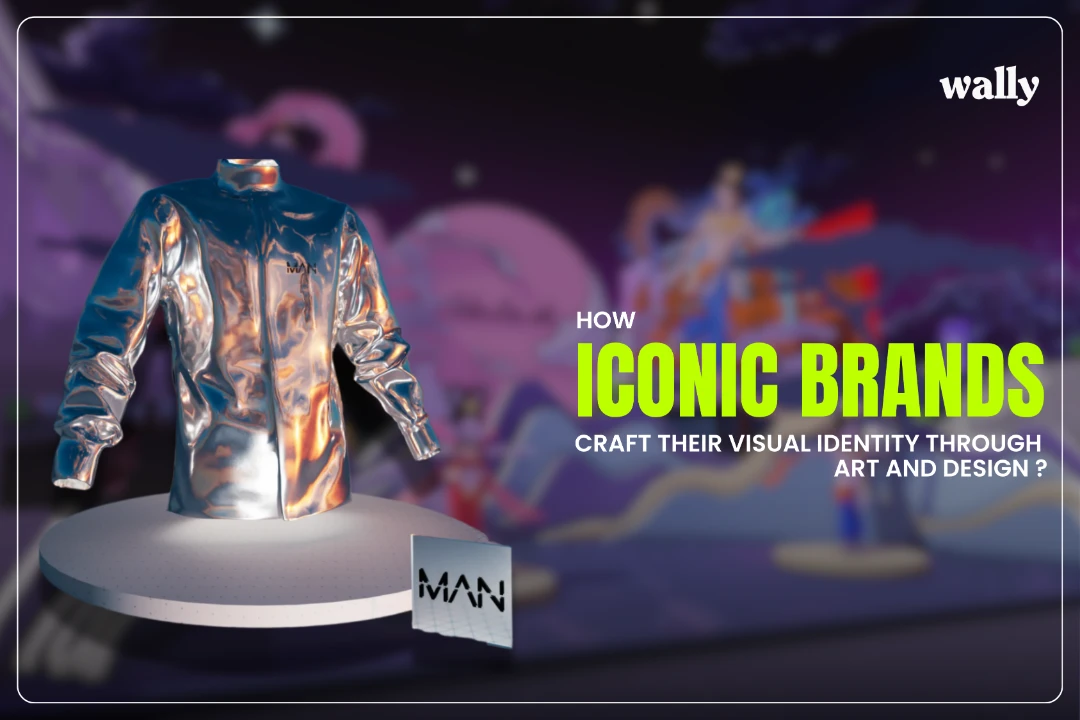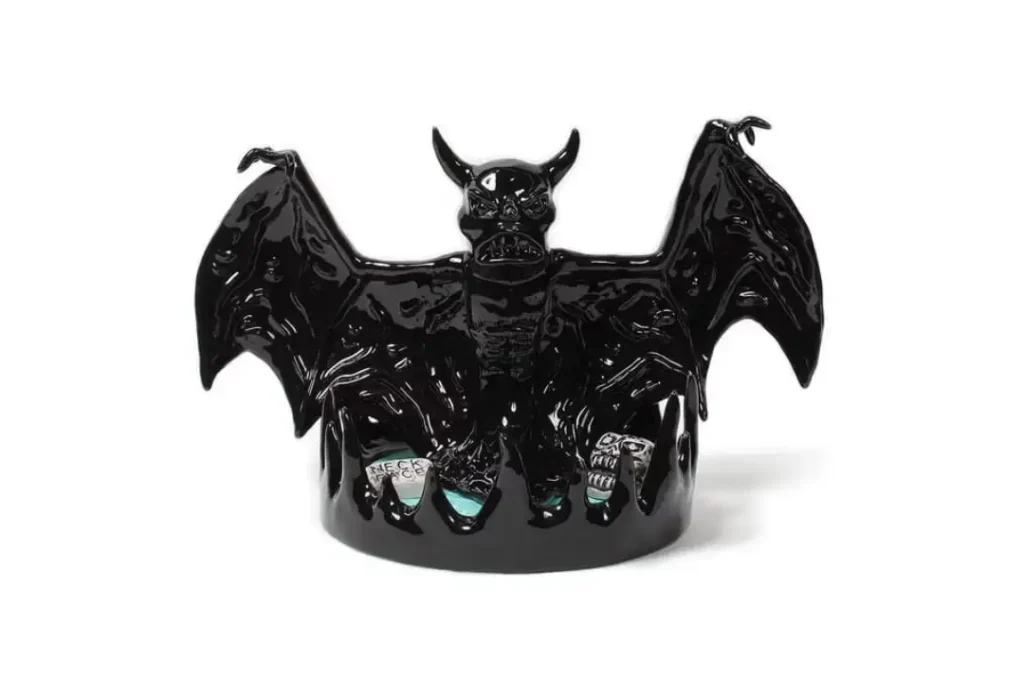A strong visual identity plays a crucial role in building brand recognition. By consistently using key visual elements—such as logos, color schemes, typography, and design style—companies make their brand easily identifiable to consumers.
A unique visual identity also differentiates a brand from its competitors, helping it stand out in a crowded market. This distinctiveness creates a memorable impression, giving the brand a competitive advantage.
A brand’s visual identity serves as a reflection of its personality and values. Bold, vibrant colors can communicate energy and creativity, while a minimalist design may convey sophistication and modernity.
Maintaining consistency in visual identity is key to building trust and loyalty.
When a brand presents a uniform look across all platforms, it projects reliability and professionalism, which strengthens customer loyalty.
Moreover, a well-crafted visual identity can create an emotional connection with the audience. The thoughtful use of colors, images, and designs evokes specific feelings, helping to attract and retain customers by forging a deeper emotional bond with the brand.
Visual identity comprises the key visual elements that define and communicate the brand or identity of a company, organization, or individual. These components work together to form a cohesive and recognizable brand image. Typically, the essential elements of visual identity include:
- Logo: The logo is a crucial element of a brand’s visual identity, serving as a distinctive and memorable symbol. It is often the most recognizable part of the brand, representing the company or organization.
- Color Palette: A carefully chosen color palette ensures consistency across all brand materials, including primary and secondary colors that evoke specific emotions and reflect the brand’s personality.
- Typography: The selection of fonts and typefaces is essential in shaping a brand’s visual identity. Typography impacts the style and presentation of text in logos, headlines, body text, and other graphic elements.
- Imagery and Photography Style: Imagery—whether illustrations, photographs, or graphics—reflects the brand’s personality and messaging. Consistent imagery helps reinforce the brand’s essence.
- Graphic Elements: Unique graphic elements such as patterns, icons, and shapes enhance the visual identity by adding interest and ensuring uniformity, contributing to a cohesive visual language.
- Layout and Composition: The arrangement of visual elements in materials like brochures and websites is vital for visual harmony and brand recognition, ensuring a consistent identity.
- Brand Guidelines: Detailed brand guidelines provide instructions for applying visual identity elements consistently. They cover logo usage, color specifications, typography, and other standards for uniform brand presentation.
Brand Identity and Visual Identity serve distinct purposes in crafting a strong, cohesive brand.
- Brand Identity encompasses the entire spectrum of a brand’s presence in the market.
- Includes elements that shape consumer perceptions, such as core values, personality, and promises.
- Covers all interactions with the brand, including its mission statement, customer service, product quality, and overall reputation.
- Integrates both tangible and intangible aspects.
- Visual Identity is a subset of Brand Identity, focusing specifically on visual elements.
- Includes the logo, color palette, typography, and imagery.
- Functions as the visual language of the brand, providing a consistent and recognizable appearance.
- Helps the brand stand out in the market.
In summary, a strong visual identity is crucial for effective brand recognition and differentiation. By consistently utilizing logos, color schemes, typography, and design styles, a brand becomes easily recognizable and stands out in a competitive market. This distinctiveness not only makes a memorable impression but also provides a competitive advantage. Visual identity embodies a brand’s personality and values, with bold colors indicating energy and minimalist designs conveying sophistication. Consistent visual elements build trust and professionalism, enhancing customer loyalty. Additionally, a well-crafted visual identity fosters an emotional connection with the audience, using design to evoke feelings and strengthen brand relationships.













